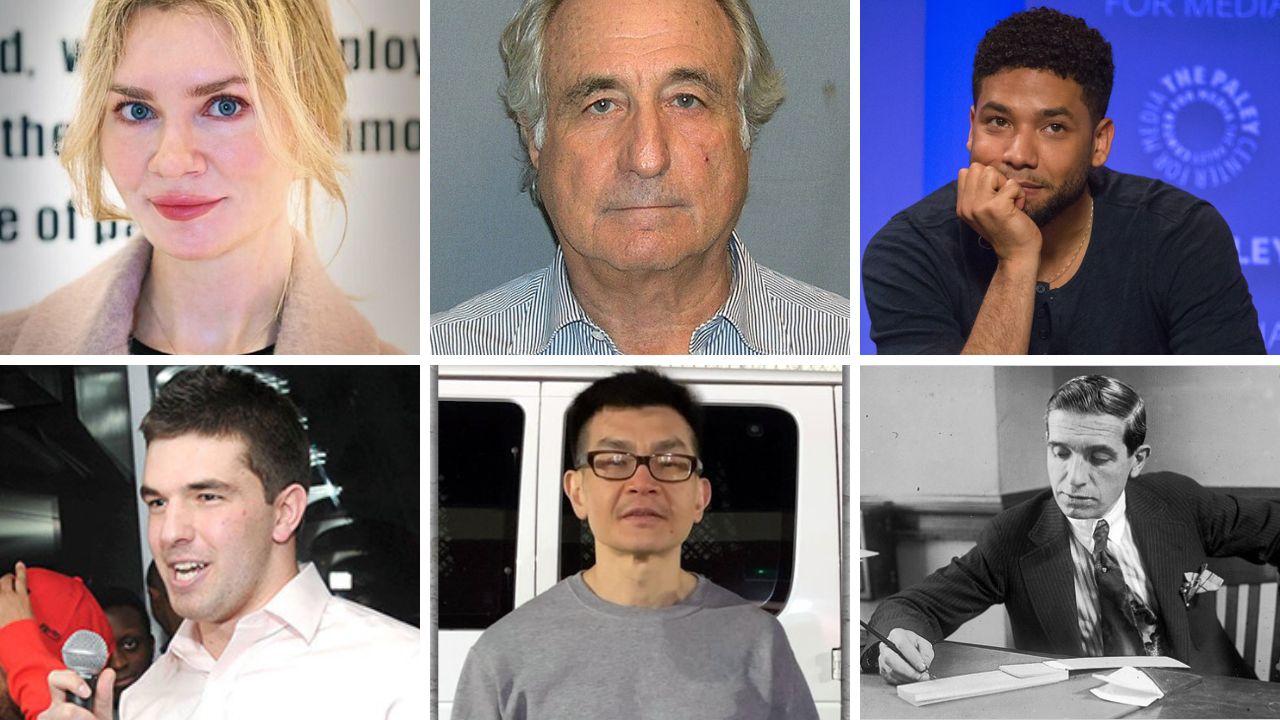Fame looks shiny from far away. Up close, the shortcuts show seams: staged drama, inflated résumés, and schemes dressed as brilliance. These cases share the same rhythm. Someone chased attention, prestige, or headlines, crossed into fraud or false reports, and found the spotlight hotter than planned. Courtrooms replaced cameras. Restitution replaced appearance fees. The takeaway lands clean. Notoriety spends fast, and the receipts arrive with interest. Here are cautionary moments where the bid for fame collapsed on impact.
The Balloon Boy Hoax, 2009

A silver balloon drifted over Colorado as cable news tracked a supposed child inside. The boy was in the attic. Parents had staged the scare for reality TV dreams and sponsor deals. Deputies, National Guard crews, and airport ops were diverted while the story unraveled. Charges, fines, and probation followed, along with a public apology that did not fix their brand. The plan counted on viewers’ hearts, and forgot investigators with timelines, logs, and questions they were ready to prove.
Jussie Smollett’s Staged Attack, 2019

The actor reported a brutal hate crime in Chicago. Detectives gathered video, texts, and receipts that prosecutors said pointed to a staged assault meant to lift profile and pay. A jury convicted him of filing false reports; a judge imposed jail time, probation, and restitution. Career fallout cut deeper than the sentence, with lost roles and a name that now prompts a cautionary pause. The camera turned, but not toward the rise imagined. The record, not the rumor, wrote his legacy.
Anna “Delvey” Sorokin’s Heiress Act, 2013–2017
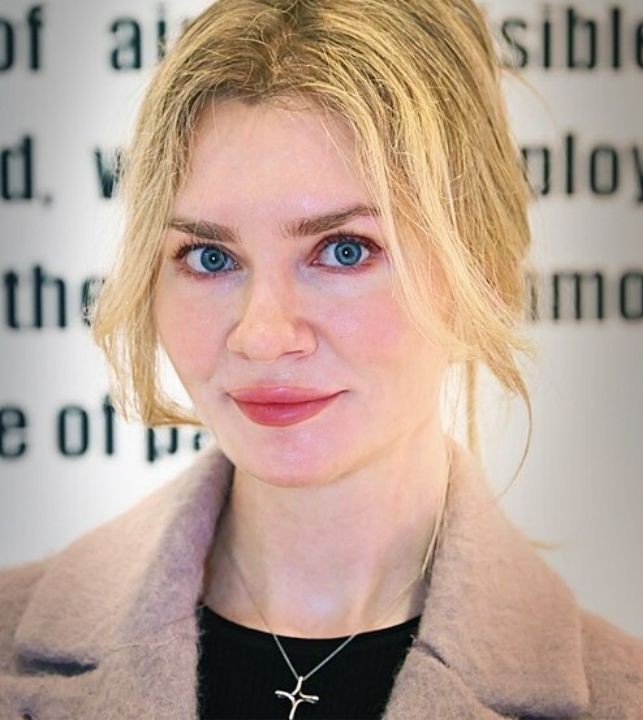
She entered galleries and hotels as a supposed German heiress, burning credit with fake wires and forged documents. Profiles arrived right before indictments. A jury convicted her of grand larceny and related counts; prison, restitution, and immigration custody followed. Fame did come, but as a true crime brand with ankle monitors and court dates. The con built a persona that functioned until spreadsheets and sworn statements met it head on. The bill arrived with interest and public memory attached.
Billy McFarland And Fyre Festival, 2017
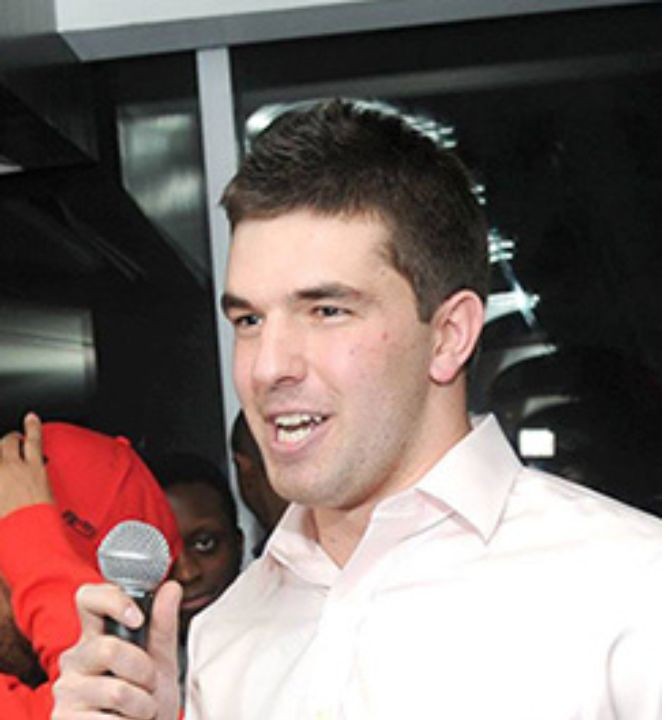
Sold as a luxury music weekend, Fyre became tents, cold sandwiches, and stranded guests. Investigators mapped investor lies and fabricated returns, then secured a guilty plea for wire fraud. Six years in federal prison and heavy restitution replaced VIP wristbands and influencer posts. The attempt to manufacture prestige created a textbook instead, taught in business classes and watched in documentaries. Hype without substance became evidence. The only stage left was a courtroom, and the reviews were sworn.
Charles Ponzi’s Coupon Windfall, 1920
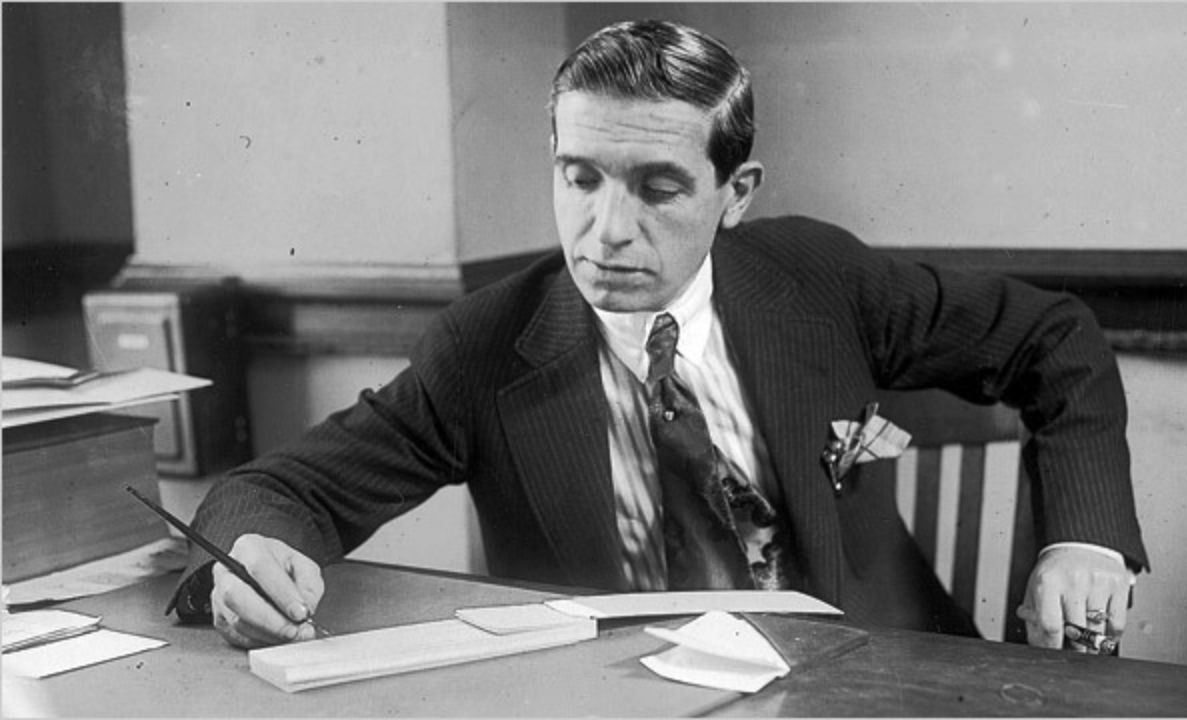
Ponzi promised fast profits on postal reply coupons and became Boston famous in weeks. Payouts came from new deposits, not clever arbitrage. Bank runs, audits, and headlines piled up; arrests followed. Convictions and deportation trailed the fall, while his name branded a fraud forever. He chased status in tailored suits and loved flashbulbs. History granted the spotlight he wanted, but only as a warning tag stamped on every pitch that sounds smooth and refuses honest math.
Bernie Madoff’s Prestige Machine, 1990s–2008
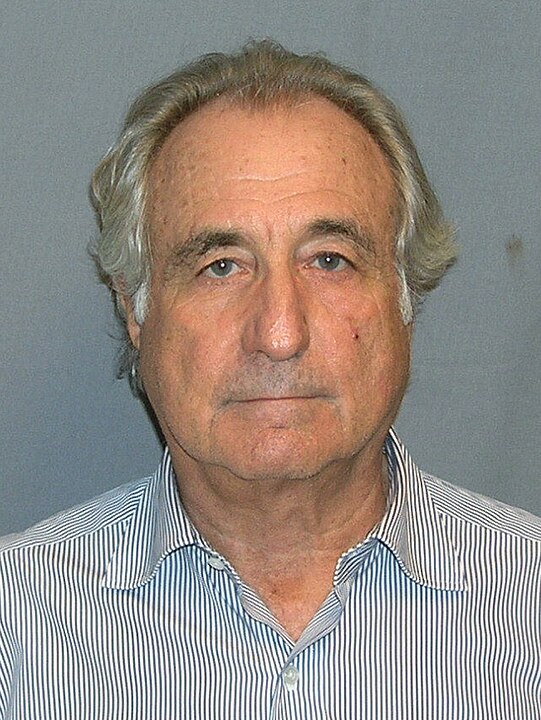
Exclusive invitations, steady returns, and country club whispers created their own fame engine. Foundations and families begged to get in. The 2008 crisis pulled the thread and exposed a massive Ponzi. A guilty plea, a 150 year sentence, and ruined retirements defined the end. Influence and industry titles insulated the myth for years; victims and prosecutors dismantled it line by line. Prestige turned toxic on contact, proving that reputation without transparency is just risk with better lighting.
Rudy Kurniawan’s Rare Wine Forgeries, 2000s

He dazzled collectors with encyclopedic notes and auctions full of unicorn bottles. Makers and labs found modern glue, wrong glass, and vintages that never existed. A federal jury convicted him of fraud; prison time and deportation followed. Cellars learned to ask for provenance and chain of custody instead of a story poured at midnight. Clout in niche circles moves fast, but science moves faster. The big pours that built a persona became exhibits, dusted and numbered.
The Hitler Diaries Scandal, 1983
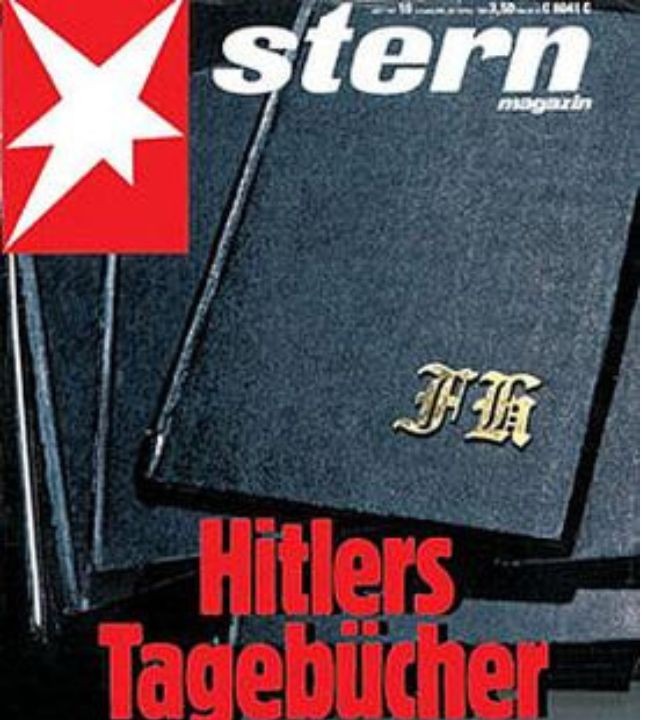
Konrad Kujau forged diaries and a major magazine raced to print. Historians doubted, forensic tests spoke, and the pages failed under scrutiny. Kujau was convicted of fraud; editors resigned in public. Sales spiked, then reputations cratered. The forgery briefly lifted profiles and circulation, then dropped them harder when the truth arrived. The caution still holds: if a scoop depends on documents too perfect to be real, bring scientists before printers. Fame that skips verification does not last.
